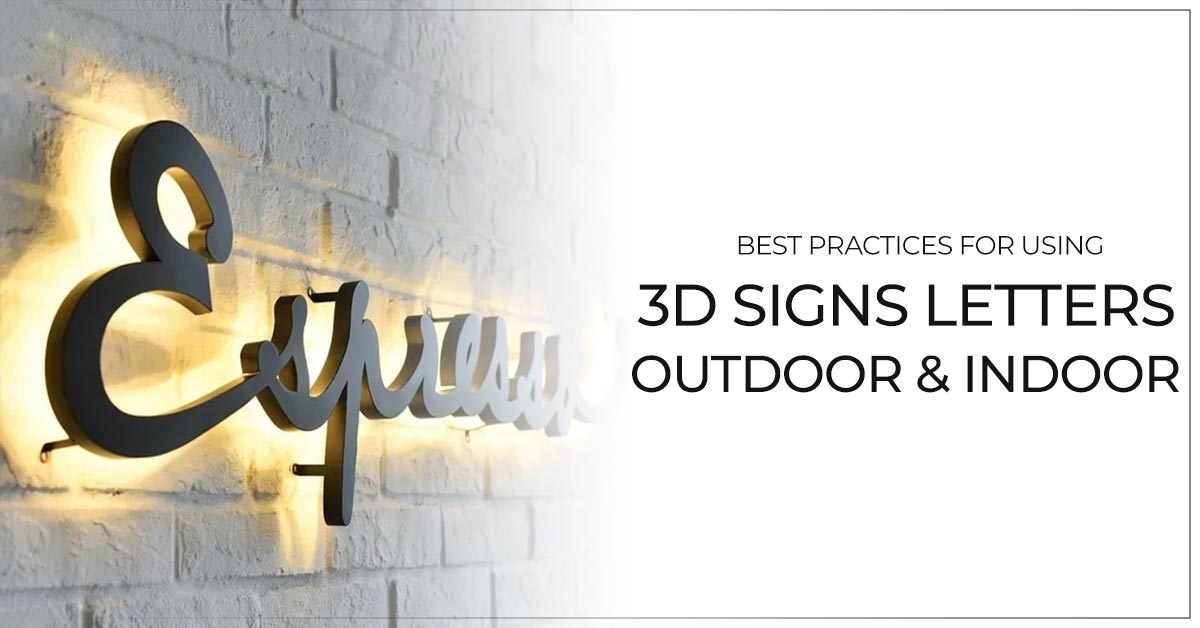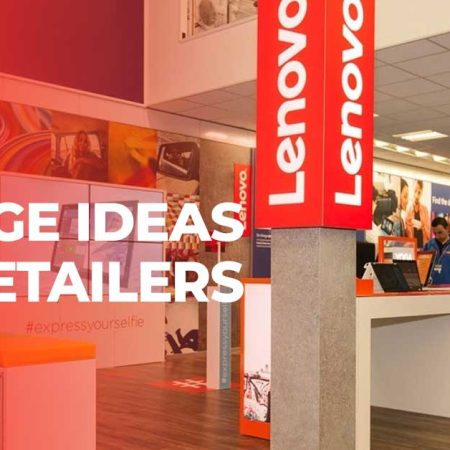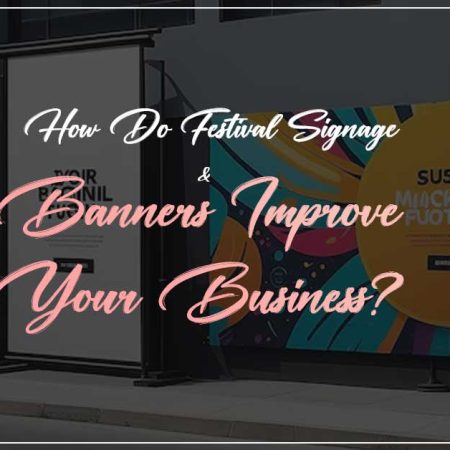Introduction:
In the realm of signage, 3D letters stand out as an effective means to capture attention and convey messages with impact. Whether adorning the exterior of a building or enhancing interior branding, 3D signage letters hold significant potential. However, to maximize their effectiveness, it’s crucial to understand the best practices for their utilization in both outdoor and indoor settings. With LED sign boards in Chennai from the best company Hitech Vision let’s delve into the concept of the usage of signage.
Outdoor Applications:
When deploying 3D signage letters outdoors, several considerations come into play to ensure longevity, visibility, and brand resonance.
Material Selection:
- Go for weather-resistant materials such as stainless steel, aluminum, or acrylic. These materials withstand harsh outdoor conditions, including sunlight exposure, rain, and temperature fluctuations, without compromising their integrity.
- Consider the location’s environment. For coastal areas prone to salt corrosion, stainless steel offers superior durability. In contrast, aluminum may suffice for inland locations.
- Opt for materials known for their long-lasting durability to ensure the structure withstands outdoor elements for an extended period without significant wear or degradation. Stainless steel is highly durable and resistant to corrosion, making it suitable for areas with high levels of moisture or salt exposure.
Size and Scale:
- Prioritize visibility from a distance. The size of the letters should be proportionate to the viewing distance and surrounding architecture to ensure optimal impact.
- Conduct thorough site assessments to know the optimal placement and size of the signage letters, considering factors such as sightlines and potential obstructions. At Hitech Vision, the best sign board manufacturers in Chennai, we provide great support for our clients for choosing the best sign boards for their business.
- Choose a font that is easy to read from a distance and suits the tone and purpose of the signage. Sans-serif fonts are often preferred for their clarity and legibility, especially in large sizes.
Lighting:
- Illuminate the signage for enhanced visibility, especially during nighttime or low-light conditions. LED lighting offers energy savings and can be seamlessly integrated into the signage design.
- Employ backlighting or halo illumination techniques to create a captivating visual effect that enhances the signage’s prominence.
- Experiment with various lighting angles and intensities to highlight specific aspects of the signage design and maximize its overall impact.
- Incorporate smart lighting controls that enable remote monitoring and adjustment of the lighting settings, providing flexibility and convenience for maintenance and customization.
Maintenance:
- Implement a regular maintenance schedule to uphold the signage’s aesthetic appeal and functionality. This includes cleaning, inspecting for damage, and promptly addressing any issues to prevent deterioration.
- Monitor the signage for any signs of fading due to exposure of sunlight or weather conditions. If fading is detected, consider applying a protective coating or replacing the signage altogether to maintain visibility and attractiveness.
- Regularly inspect the mounting hardware, such as screws, brackets, or adhesive, to ensure they are secure and in good condition. Replace any worn-out or damaged hardware promptly to prevent the signage from falling or becoming loose.
Indoor Applications:
Indoor environments present distinct opportunities and challenges for leveraging 3D signage Chennai letters effectively.
Material and Finish:
- While outdoor signage prioritizes durability, indoor applications allow for more diverse material and finish options. Explore alternatives such as wood, PVC, or foam for indoor signage, considering factors such as aesthetics and budget constraints.
- Experiment with finishes like matte, gloss, or metallic to complement the interior decor and evoke the desired brand image.
Placement and Visibility:
- Strategically position signage letters in high-traffic areas where they are easily visible to visitors and occupants.
- Maintain consistency with the overall interior design scheme while ensuring that the signage stands out as a focal point without overwhelming the space.
Lighting:
- Capitalize on ambient lighting to enhance the visibility and impact of indoor signage. Natural light or strategically placed artificial lighting can accentuate the signage without overshadowing its message.
- Explore creative lighting solutions such as spotlights or accent lighting to add depth to the signage letters.
Integration with Branding:
- Align the design of indoor signage letters with the overarching brand identity to foster brand recognition and reinforce messaging consistency.
- Incorporate elements such as brand colors, typography, and logos into the signage design to strengthen brand association and enhance the overall brand experience.
Conclusion:
Whether adorning the facade of a commercial establishment or adding flair to interior spaces, 3D signage letters offer a versatile and impactful solution for conveying messages and enhancing visibility. By adhering to best practices tailored to outdoor and indoor applications, businesses can maximize the effectiveness of their signage investments, leaving a lasting impression on customers and stakeholders alike. From material selection and lighting considerations to strategic placement and brand integration, every aspect plays a pivotal role in shaping the success of 3D signage initiatives. Embracing these best practices empowers businesses to unlock the full potential of 3D signage letters as powerful tools for communication and brand expression.





